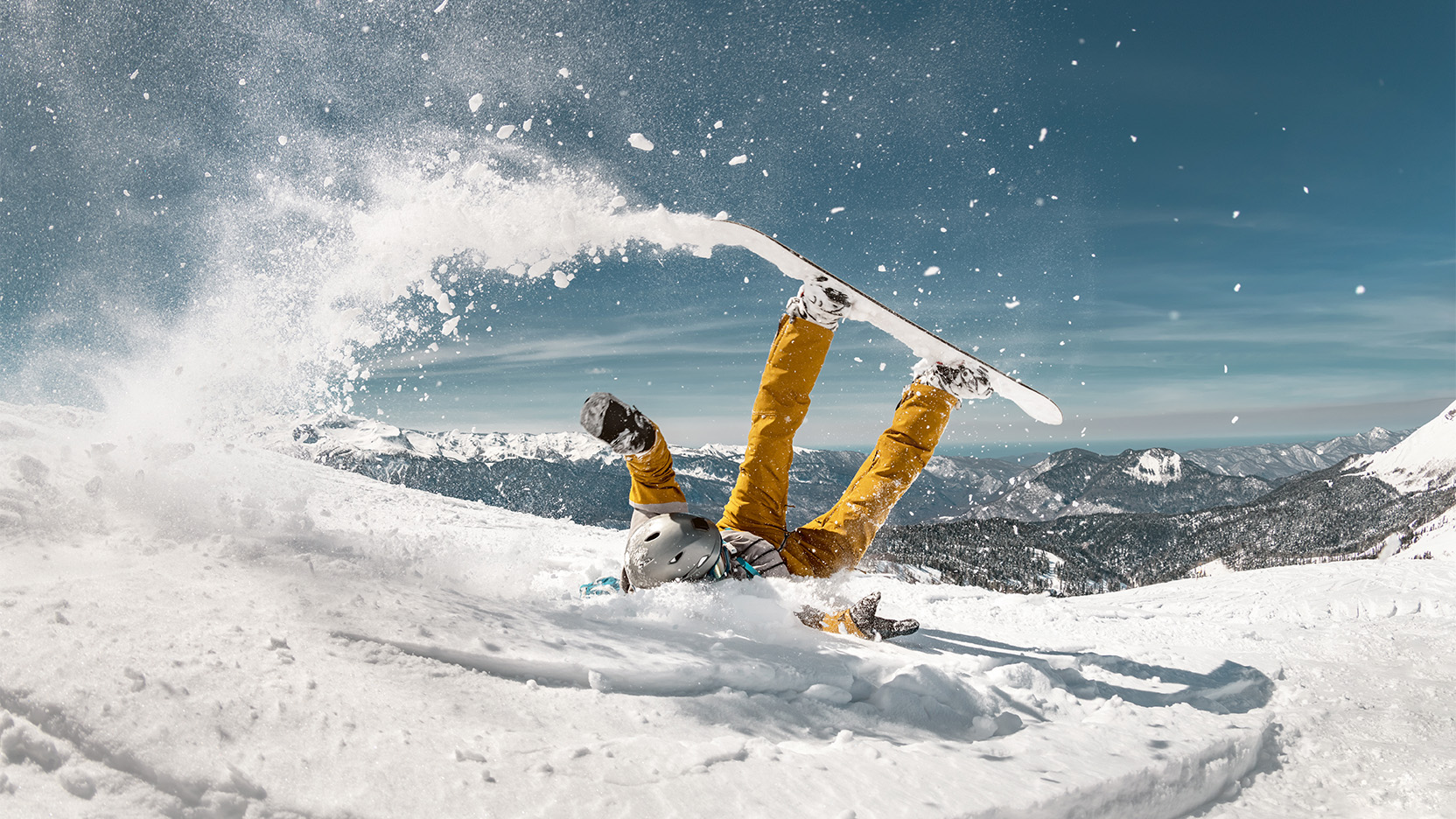Avoid Snow Sports Injuries
Injuries from snow sports have become more prevalent over the years. You can reduce your risk of injury by paying attention and taking precautions.
Any part of the body can be injured during skiing or snowboarding, including your head, spine, pelvis, arms and legs. The biggest difference between skiing and snowboarding injuries is location. Skiers tend to injure lower extremities, especially the knees and lower legs, which can get tangled up during a fall. Snowboarders tend to injure their upper extremities.

A small wrist bone is especially prone to breakage if you fall with an outstretched arm. Not only does it take a lot of time to heal, but injury to this bone can lead to a fracture traveling all the way up to the elbow.
Elbow dislocations are also common snow-sport injuries. Other injuries include shoulder strains, dislocations and separations
Key factors related to snow-sport injury include position of the limbs during injury, the person’s expertise level and equipment design.
Reducing Your Risk
Use these precautions while participating in snow sports:
- Wear protective wrist guards, a spine protector and a helmet
- Take lessons, and learn how to fall correctly
- Know your limits. If you get tired, take a break.
- Don’t try jumping or performing complex tricks until you’re experienced and have had proper instruction
- Stay in control. Don’t go so fast that you can’t stop easily, which is dangerous for you and others.
If you do get injured, pay attention to it and be sure to see a doctor if it isn’t getting better. You don’t want to miss a fracture or ligament strain or make one worse by not getting prompt treatment.
Last reviewed: April 2019





